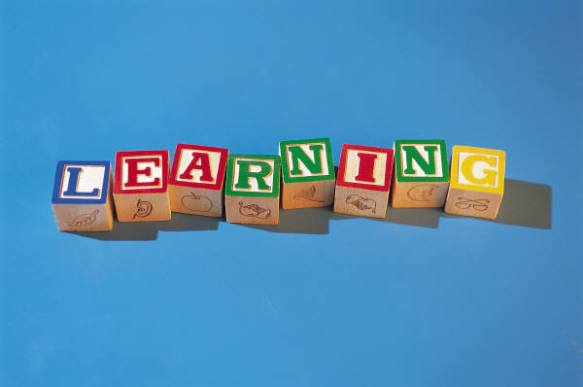If you are a teacher in a self-contained classroom with moderately to severely challenged children, you have a paraprofessional, maybe two, in your charge. Learning to maximize the benefits of having extra help is a challenge and there may be times you wish you could go it alone. It’s like rubbing your stomach and patting your head at the same time.
One type of paraprofessional, or parapro, is the Personal Paraprofessional. In a student’s IEP, there is a stipulation that the child must have a personal paraprofessional dedicated to their care at all times. This care may include help toileting, feeding, managing medication schedules and other medical requirements. Some children are so medically involved that these tasks take up the entire day for the parapro; however, sometimes the needs are not quite so time consuming. Learning to manage any free time is key to a successful relationship with the personal paraprofessional. One tip: you can work with parents so the parapro is an aide to the teacher as well as the child. This expanded role may require a parapro with special qualifications, but that’s what you want. The paraprofessional is a tool used by the teacher to accomplish their responsibilities in the classroom.
A simple change in the wording of the IEP document makes a huge difference in what it says. What you don’t want is to have a parapro sitting in the back of the room reading Cosmopolitan or Car and Driver. It is your job as the classroom manager to make sure this person is working for you and the child, not herself.
No Child Left Behind (ESEA) federal legislation requires that educational paraprofessionals be “highly qualified.” Each state has certification regulations that define what this means. Qualifications for personal aides differ from those required by instructional aides. In general, a parapro must have:
(A) completed at least two years of study at an institution of higher education
(B) obtained an associate (or higher) degree
(C) met a rigorous standard of quality they can demonstrate through a formal state or local academic assessment
There are many training programs available for would-be parapros.
- Effective Training for Parapros
- Online Training for Parapros
- The Master Teacher Training
- SUNY – University Degree Programs
The best parapro is a highly trained professional who enters the classroom ready to work with a highly qualified teacher to provide unsurpassed assistance to all the children in the room. They know that at times their job will include tasks that are not in their job description. In fact, coming up with a good job description for a parapro is hard to do. Sometimes the job may include clerical duties that free the teacher so she can work directly with students.
A good parapro also helps the teacher maintain safety in the classroom. Many SPED classrooms come equipped with specialized physical therapy and medical equipment and devices. There may be medication to manage. Making sure that medication is properly stored in locked closets is a priority. This sounds obvious, but one unlocked cabinet can lead to theft of student medications by persons who believe they are narcotics. Don’t let this happen to you; it almost happened to me once when I turned my back for just one minute. You also don’t want someone to trip over the exercise ball in the corner that is there at the requirement of a student’s IEP. This did happen to me once. I had a bruise on my derriere to prove it.
I’ve been talking about self-contained classroom situations, but the real challenges arise for the parapro in the general ed classroom. A teacher is really a program manager.
If you are reading this and you want to become a parapro, there are many resources available to help you decide. The position of parapro is a responsibility you will want to take seriously; you can affect the life of a child in ways you can only imagine.
More:
- Organization
- Preparing for the Interview (for the Para)
- Comprehensive Handbook
- Guide for Teachers and One-to-One Paras
Let me know how you’re doing. I’m here to answer questions you might have.
Grant Name: Foundation Grants
Funded By: Standard Charitable Foundation
Description: At The Standard, caring about people is a core value reflected in our commitment to the communities across the United States where our employees live and work. We provide corporate philanthropic support to nonprofit organizations working in the following four areas: Healthy Communities, Disability and Empowerment, Cultural Development, and Education and Advancement.
Program Areas: Adult Literacy, After-School, Arts, At-Risk/Character, Community Involvement/Volunteerism, Disabilities, Early Childhood, Family Services, General Education, Health/PE, Homeless, Math, Reading, Safe/Drug-Free Schools, Science/Environmental, Social Studies, Special Education, STEM (Science, Technology, Engineering, Math)
Eligibility: Public School, Other
Proposal Deadline: Ongoing
Average Amount: $5,000.00 – $25,000.00
Address: Public Affairs P12B 1100 SW 6th Ave Portland OR 97204
Telephone: 971-321-3162
Website: Standard Charitable Foundation
Availability: All States
















